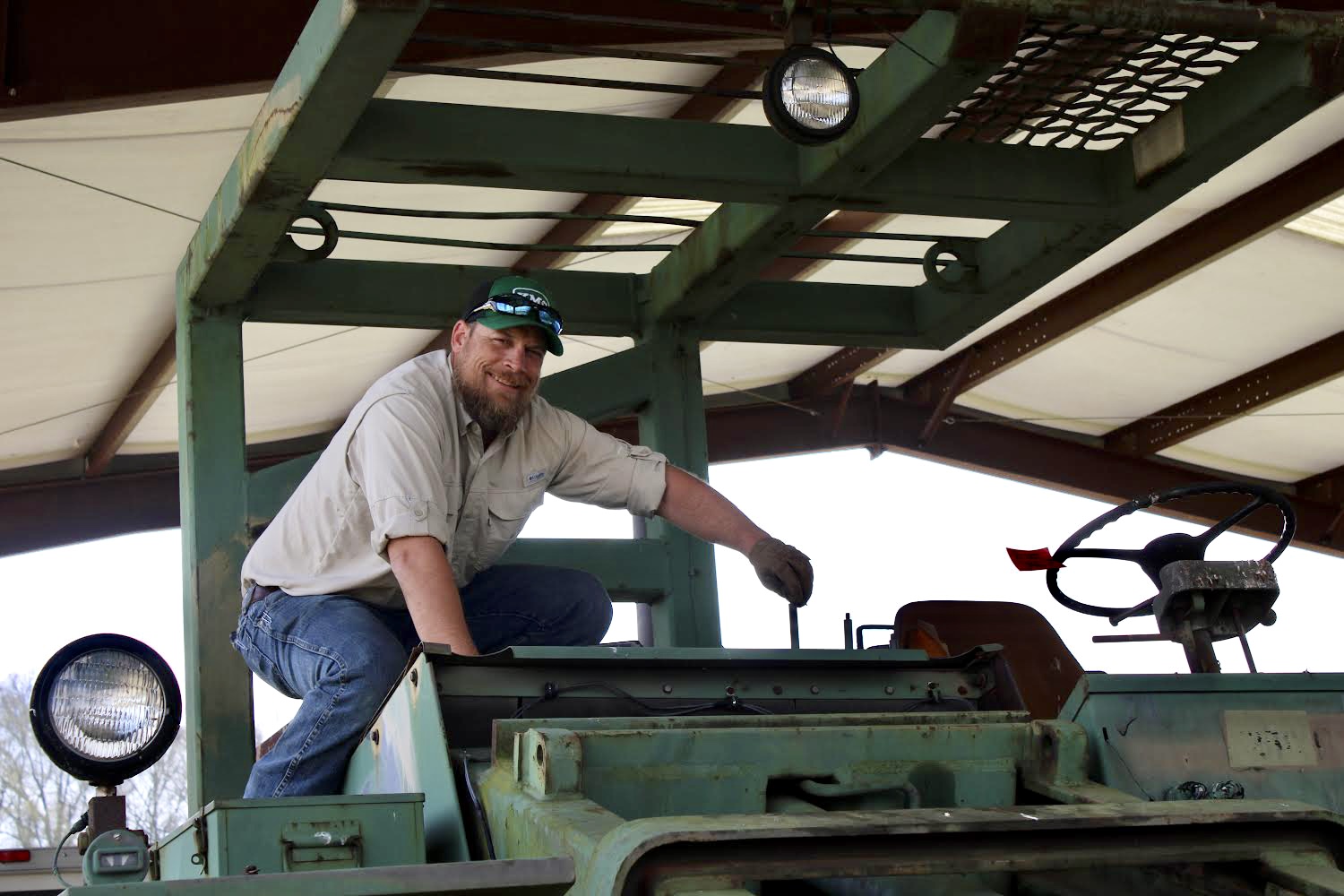 CAES News
CAES News
Mosquito Metamorphosis
Jena Johnson, a lab manager in the Department of Entomology in UGA’s College of Agricultural and Environmental Sciences, captures what she observes working with mosquitoes and other insects in the lab of entomology professor Michael Strand. She finds scientific and artistic meaning in her photos, which offer a glimpse at both intriguing behavioral phenomena and unexpected natural beauty.



.jpg)
.jpg)




